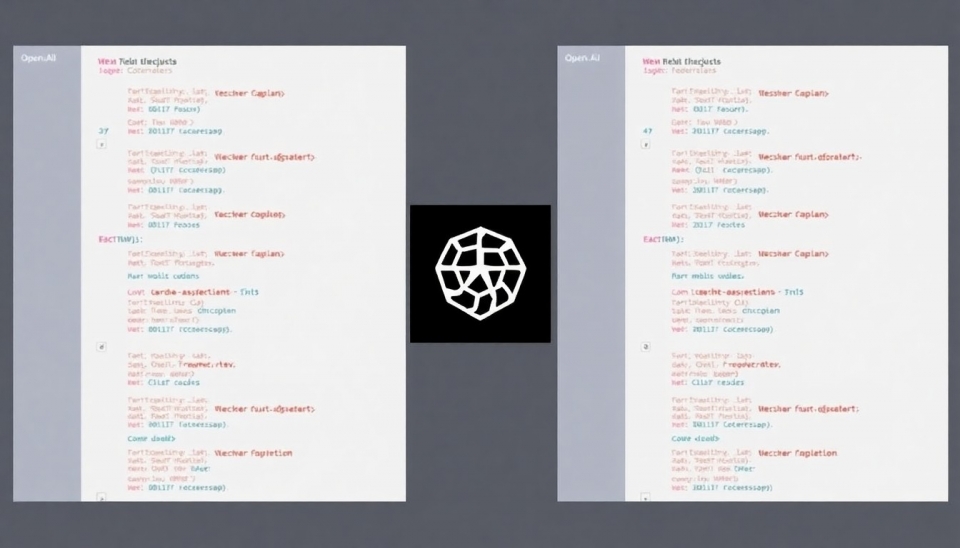
Open AI just introduced its newest and most accomplished reasoning model, sending academia and industry leaders into a frenzy of excitement. This new AI model promises to push the envelope on artificial intelligence, increasing such reasoning capabilities manyfold. The excitement around this innovation isn't just because of the technical prowess it represents but also because of the potential applications across industries, from finance to health.
This new model has been christened GP-T5 and is considered a quantum leap in AI technology. Unlike its forerunners, GP-T5 has been designed to understand and process complex logical inferences better, which makes it priceless with all sorts of tasks that demand high levels of cognitive function. For example, it is able to predict stock market trends with far more accuracy than earlier, give a diagnosis of medical conditions, and can even help in analyzing legal cases.
This development has sent academia into overdrive, as GP-T5 closes the gap on one of the most important divides between human-like reasoning and machine learning. Dr. Ellen Warner from MIT, lead AI researcher on the project, stated, "This is the sort of development many of us have been waiting for. The implications are very serious in both basic research and practical applications."
It would be a fallacy to say that the business world remains unconcerned. Tech giants, including Google, Microsoft, and Amazon, already evaluate how to fit this GP-T5 into their systems for extended functionality and usability. "GP-T5 could redefine what AI can achieve," said Satya Nadella, the CEO of Microsoft. "It holds potential to revolutionize how businesses operate and serve their customers."
It features the capability, as OpenAI terms it, of "contextual inference": the model is able to understand and react based on the broader context of a given situation. It is not just isolated data points. The implications here are big: GP-T5 may soon handle queries with a great deal more nuance and sophistication than today, which were managed by human operators.
More importantly, OpenAI has been taking serious strides toward transparency in GP-T5 and ethics. Aware of the perils this advanced AI could pose, it has built into the model an extended ambit of safety protocols and techniques to remove bias. This aspect of ethics in AI would likely see wide support from regulators and ethicists, thus boosting the model's credibility and acceptance.
Thence, it is not a bed of roses completely. Experts comment that with the development, limitations still abound. Data privacy, algorithmic bias, and ethical usage of AI remain some of the major concerns. "We need to tread carefully," warned Dr. Lisa Kim, an ethics professor at Stanford University. "While GP-T5 is indeed a marvel, we must ensure that its deployment is conducted responsibly."
The world watches with bated breath as OpenAI continues to refine and expand GP-T5's capabilities. There is little question that this new model constitutes a sea change in the field of artificial reasoning. It now remains to be seen exactly how fast-and how responsibly-this technology will find its way into mainstream uses.
#OpenAI #ArtificialIntelligence #GPT5 #ReasoningModel #AIResearch #TechInnovation #EthicalAI #MachineLearning #TechNews
Author: John Miller




